Archive for September 2016
apple led · apple lighting · intelligent lighting · lighting control · lux review · Novel Energy Lighting
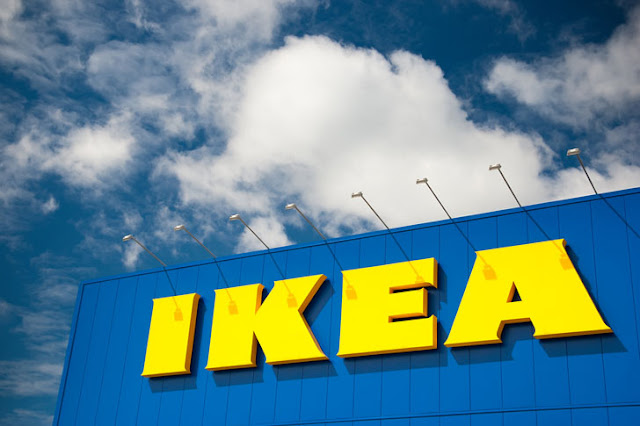
Innovative retailer Ikea is setting its sights on the smart lighting market.

Ikea’s plug and play solution features a tiny transmitter that has been installed within the luminaire, which can communicate with a remote control.
ikea · ikea led · intelligent lighting · led lighting · Novel Energy Lighting · remote control lighting · TRÅDFRI LED
26
Meet ‘Alexa’ Amazon’s new device that can control your home lighting
Comments off · Posted by admin in LED
 |
The Echo is a smart-speaker that responds to the name ‘Alexa’. |
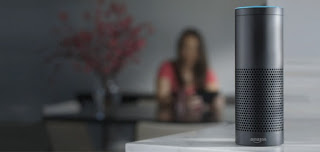 |
| Philips Hue will also be compatible with the Echo, meaning you will be able to adjust the strength of your light fixtures using your own voice. |
The Amazon Echo will feature a voice control capability that will allow you to turn off your lights and adjust your central heating with the sound of your voice. The Echo is a smart-speaker that responds to the name ‘Alexa’.
Amazon has announced a partnership with Hive, the smart-home platform developed by British Gas. The Echo will be compatible with Hive Lights and and Hive Active Heating.
Philips Hue will also be compatible with the Echo, meaning you will be able to adjust the strength of your light fixtures using your own voice.
As well as the Echo, Amazon are also launching the cheaper second generation Echo Dot mini-speaker, which features an even more nimble ‘Alexa’, which can trigger pre-set home lighting scenes. This means that you will also be able to voice-activate colour changing as well as dimming your lighting.
So, if you have created a sunny lighting scene in your bedroom that involves orange and red hues that adjusts in brightness as the sun sets, you could activate this by simply saying, ‘Alexa, turn on scene sunny day’ and she will happily oblige, (that is if you want to ascribe a sex to a gadget designed by a multi-billion dollar corporation out to get you to spend more money.)
You will not be able to ask ‘Alexa’ to change the colour of individual light sources if you are using the Hue, but you will be in with a chance if you own Hue’s competitor Lifx, which is compatible with Amazon’s speaker.
Hue is able to communicate with ‘Alexa’s’ arch-enemy ‘Siri’ though to change the colour of individual light sources.
The Amazon Echo will be available to buy from the 16th of September 2016.
amazon alexa · amazon echo · home lighting control · light scene control · Novel Energy Lighting · remote control lighting
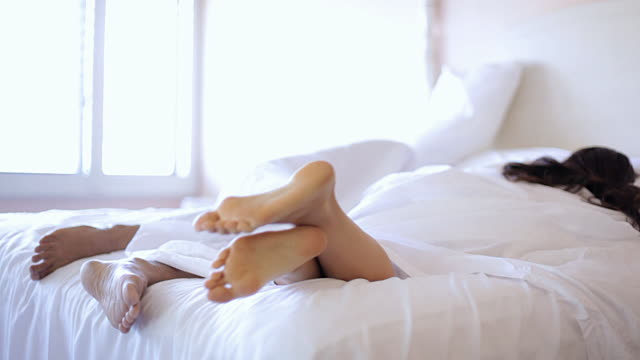
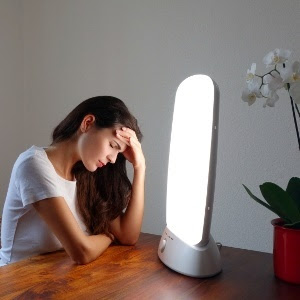
A new study has found that exposure to bright light can restore the sinking sexual desires of men during the cold winter months.
Scientists from the University of Siena in Italy have discovered that sitting in front of a light box can increase testosterone levels, boosting sexual satisfaction in the process.
The study was comprised of 38 men who had complained of spiraling sexual desire. Half of the group were treated with a light box, while a secondary group were exposed to an adapted light box that was wired to produce significantly less light.
The participants received doses of light for an hour, during the early morning, for two weeks straight.
The scientists discovered when the study was complete that the men exposed to the bright, unregulated light, recorded a tripling in sexual satisfaction, while the men who sat in front of the
‘In the northern hemisphere, the body’s testosterone production naturally declines from November until April and then rises steadily through the spring and summer with a peak in October.’
adapted light found that their libido remained significantly depressed.
When the results were more carefully considered it was found that the men who reported better sex had significantly higher levels of testosterone.
‘In the northern hemisphere, the body’s testosterone production naturally declines from November until April and then rises steadily through the spring and summer with a peak in October,’ Prof Andrea Fagiolini, who led the study commented.
This fact is mirrored in spikes in the birth rate, as June often records the highest rates of conception.
The libido-restoring light box contained bright fluorescent tubes that emitted light at ten times the intensity of the the light emitted by household fixtures.
Light boxes are also used to treat Seasonal Affective Disorder (SAD), which is a depression that strikes during the winter months when the hours of available daylight are at their lowest.
The scientists believe that the light box exposure inhibits the pineal gland in the centre of the brain, which prompted the noted increase in testosterone production.
Testosterone injections, antidepressants, and other medications can be used to treat a collapse in sexual desire, but the use of light would have none of the side effects associated with these options. The results will be presented at the European College of Neuropsychopharmacology (ECNP) Congress in Vienna later in the year.
Perk your living space up with new lights! Visit www.novelenergylighting.com today to explore our range of top quality LED lighting
led lighting · libido lighting · light box · Novel Energy Lighting · philips led · pineal gland
Scientists use pulses of light to end heart attacks. PLUS: Verizon eyes city revolution with LED purchase. AND: Meet ‘Alexa’….Amazon’s new device that can control your home lighting. Lux Today September 20th 2016.
amazon alexa · home lighting control · led lighting · novel enegy lighting · sensity · verizon led

George Washington crossing the Delaware River during the American Revolution. Don’t be lulled into inaction like the British in Boston Harbour in 1773….IoT will be the next revolution in the lighting industry and you need to be prepared.
Gordon Routledge of Revo reports: The next revolution in lighting has arrived in the form of IoT (Internet of Things) and it’s going to change everything.
Ironically, I used to get exactly the same response when I spoke about LEDs some 15 years ago. Change takes time as Bill Gates once said:

I tend to be an early adopter of technology but sometimes I fail to spot the trend. I could not, at first, for example, understand YouTube. Why would you want to make your own video and share it on the Internet? Why would you want to watch that video on a tiny screen on a mobile phone, while sitting on a bus? Yet 11 years on Lux has its own YouTube channel, which has clocked up over 1.4 million views. This is, of course, quite pathetic, when placed in comparison with the multi-millions of views that funny cat videos attract.
The birth of YouTube came well before smartphones and high speed mobile connectivity, it needed some other megatrends to develop for it to rise to its full potential
Now, let’s get one thing clear, the term ‘smart’ is not a replacement for dimmable. Just because you can dim your lights with a smart phone does not mean that you are at the forefront of the IoT revolution. Instead IoT hides in various overused and sometimes difficult to understand terms, Connected Lighting, Smart Cities, LiFi and PoE, being just a few. These are the trends that are helping IoT to take off.
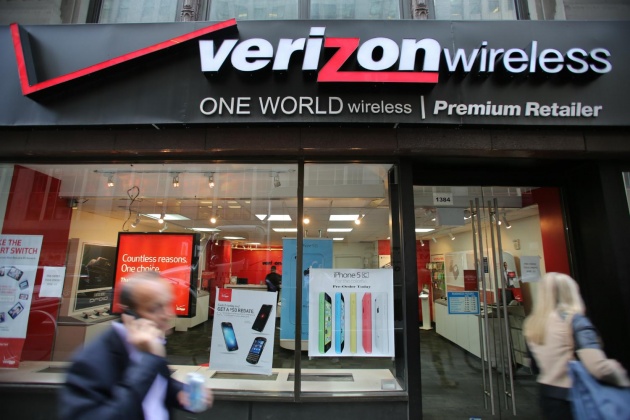
Verizon, the American communications company have bought Sensity in order to widen their IoT offering.
So why has the world changed this week? For starters Verizon, one of the world’s largest mobile phone operators, purchased Sensity Systems. Hugh Martin the CEO spoke at one of our conferences two years ago, his vision was simple, all lights are going to be replaced with LED over the next ten years, so, he said, when we do the conversion let’s pack them full of sensors, cameras and wireless networking devices and use the network to build new business apps.
It was jaw dropping for our audience at the time, but Hugh was right on the money. While Sensity’s gun shot detection app may not find a ready use in Europe, Verizon clearly see value in some of their products that they can offer to their millions of subscribers, leveraging the data collected by millions of lighting points.

The Amazon Echo, which allows users to switch on their lights with the sound of their own voice.
Next up, Amazon. The multi-billion-dollar corporation has added the ability to control lighting to its Alexa digital assistant. If you haven’t had cause to buy one yet, Alexa is part of the Amazon Echo, which is a smart speaker that is able to respond to voice commands.
For years we have talked about the death of the light switch and the reason given to prevent this is that people don’t want to reach for a smart phone in the middle of the night to turn the lights on, even though your smart phone is surely going to be closer to your bed than the nearest light switch.
The giving of verbal instructions could well be the true intuitive lighting control, but it won’t work for me, as my wife says I have a habit of talking in my sleep, and lighting is frequently the subject.

The Yellow Dot program allows manufacturers to develop LEDs that work with Philips’ indoor positioning technology.
Of course, Amazon won’t be making lights, although they do have their own brand, Amazon Essentials, so rule nothing out when it comes to anticipating the next move of this cunning company.
Amazon currently relies upon other manufacturers to make devices compatible with Alexa, such as LiFx smart lamps. If I made residential lighting controls I would be very concerned about this move. Lighting control is moving from the cupboard to being in the lamp, and the user interface is migrating from the wall plate to an Amazon owned device.
Finally, Philips has open sourced their light based indoor location system, which is perhaps a canny move for the future. Many smaller OEM’s can’t play in the IoT space and clients and designers will not want to be held to ransom in order to buy Philips fixtures to implement a system.
It also gets Philips away from the dirty business of having to sell rapidly commoditising fixtures. Instead they simply collect data from lighting and sell it on to the end user. Thus data starts to replace lamps as a continuous revenue stream.
These are, of course, just announcements from the last week. But if you throw into the mix Cisco and Acuity Brands buying tech companies with gusto and huge, but lesser known, companies such as Delta Electronics who snapped up Loytec Electronics earlier in the year, you start to realise that the stage is being set for a revolution.
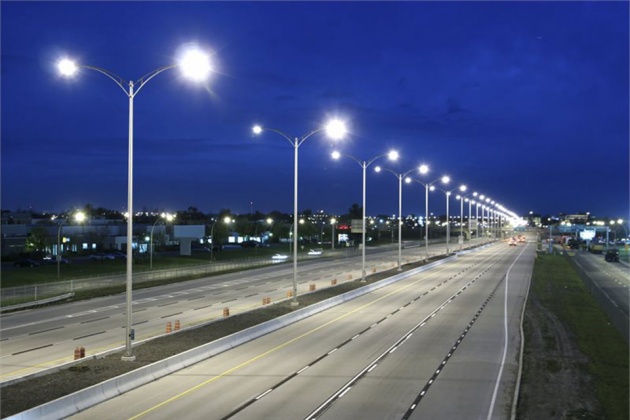
Big technology companies want to use the installation of LEDs to harvest as much data as they can.
It’s becoming clear that big technology companies want to be active on the lighting scene. They don’t want to join in our fun debates about standards, colour quality, lamp bases, glare and flicker though. All they want to do is gain access to the billions of lighting fixtures in the word and harvest the data they collect, enabling new business models to be built that don’t exist today.
You may not believe me, and I’m sure you can find hundreds of reasons as to why it just will not happen…but, read my lips, in ten years time IoT will be on everyone’s mind.
intelligent connected lighting · internet connected lighting · internet of things · iot · lux · Novel Energy Lighting

